10 Simple Ways to Save Income Tax on Salary
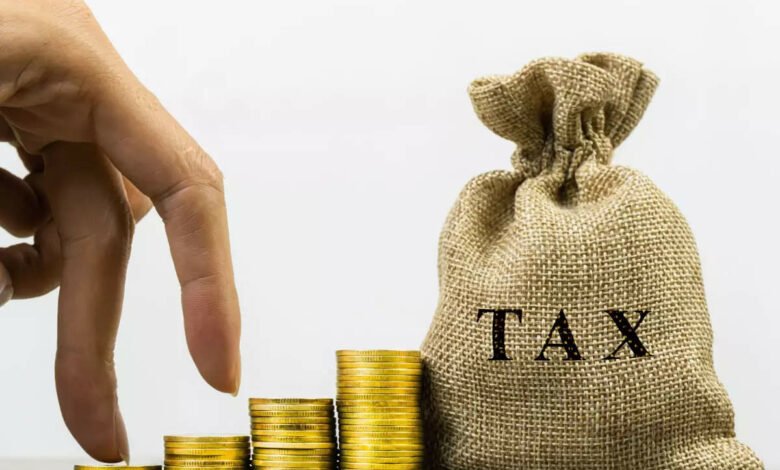
10 Simple Ways to Save Income Tax on Salary
Individuals and businesses pay income tax, a type of tax imposed by the government on money earned within a fiscal year. One of the government’s primary sources of revenue is taxes. This money is used to create infrastructure, provide healthcare, educate children, and offer agricultural subsidies, among other things.
The two primary forms of taxes are direct and indirect taxes. For example, a direct tax is charged directly on earned income. A form of direct taxation is the income tax. The tax calculation is based on the applicable income slab rates at the time.
The central government is empowered to tax non-agricultural income under Entry 82 of the Union List of the Seventh Schedule to the Constitution of India; agricultural income is defined under Section 10(1) of the Income-tax Act, 1961. The 1961 statute, the Income Tax Rules 1962, Notifications and Circulars issued by the Central Board of Direct Taxes, annual Finance Acts, and judicial declarations by the Supreme and high courts make up income-tax law.
Individuals, Hindu Undivided Families (HUFs), corporations, firms, LLPs, associations, bodies, municipal governments, and any other juridical person are all subject to taxation. The amount of personal tax you pay is determined by where you live. The CBDT is in charge of the Income Tax Department, which is part of the Ministry of Finance’s Department of Revenue. The government’s main source of revenue is the income tax.
From $1,392.26 billion in 1997–98 to $5,889.09 billion in 2007–08. Total tax revenue increased from $1,392.26 billion in 1997–98 to $5,889.09 billion in 2007–08. The Income Tax Department is the central government’s highest revenue generator; total tax revenue increased from $1,392.26 billion in 1997–98 to $5,889.09 billion (US$78 billion) in 2007–08.
Direct taxes are divided into three categories:
Income tax is a type of tax that an individual, a Hindu Undivided Family, or any other taxpayer, other than corporations, pays on their earnings. The rate at which income should be taxed is set by legislation.
Corporate tax is a tax that corporations pay on their operations’ profits. The income tax laws of India have established a specific rate of tax on corporations once again.
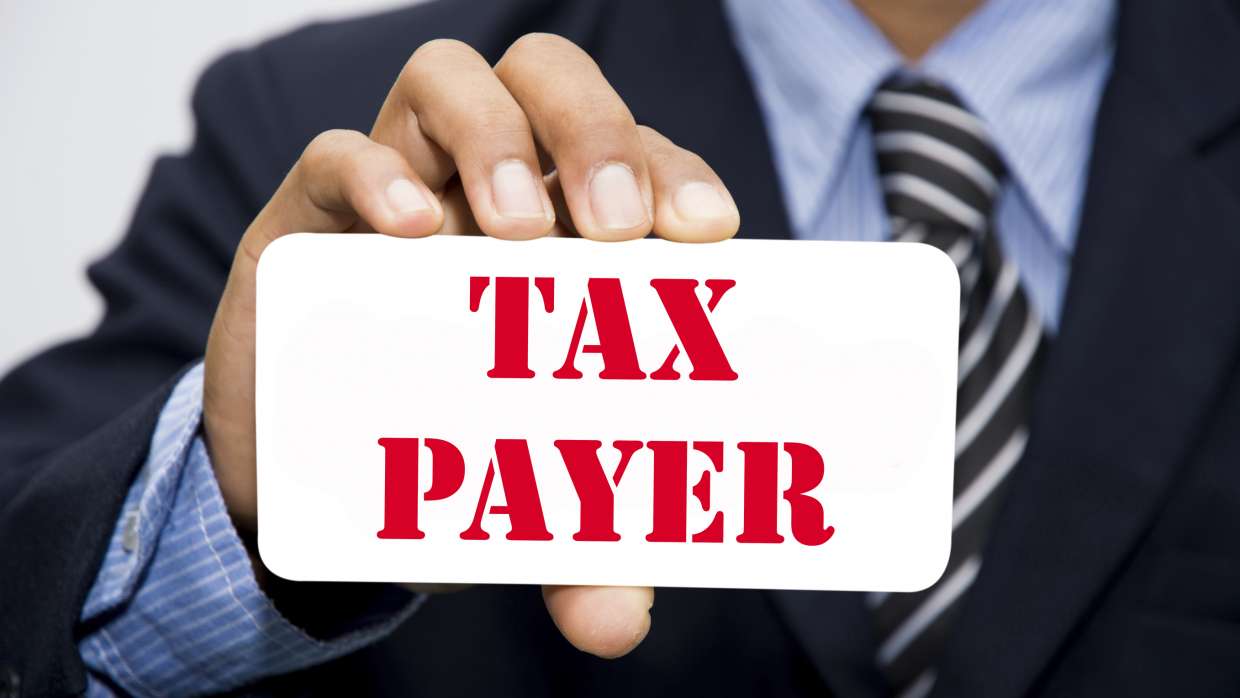
Who should pay Income Tax?- Different Types of Taxpayers
The Income Tax Act divides taxpayers into categories to apply different tax rates to distinct groups of people.
Taxpayers are categorised as below:
- Individuals
- Hindu Undivided Family (HUF)
- Association of Persons(AOP)
- Body of Individuals (BOI)
- Firms
- Companies
Individuals are also divided into two groups: residents and non-residents. Individuals who live in India must pay tax on their worldwide revenue, including money received in India and abroad. Non-residents are only required to pay taxes on revenue earned or accrued in India. For tax purposes, the residence status must be decided separately for each financial year based on the length of stay in India.
For tax purposes, resident individuals are further divided into the following categories:
- 60 years of age
- Aged more than 60 but less than 80 years
- Aged more than 80 years

Types of Income / Heads of Income
Income tax applies to everyone who earns or receives money in India. (This applies to both Indian residents and non-residents.) The Revenue Tax Department divides income into five categories for ease of classification:
- Income from Other Sources- Revenue earned from savings bank account interest, fixed deposits, and lottery winnings are all taxable under this heading.
- Income from House Property: Revenue earned from renting a house property is taxable under this head of income.
- Income from Capital Gains: Under this heading, revenue earned from the sale of a capital asset, such as mutual funds, stocks, or real estate, is taxable.
- Income from Business and Profession- employed persons, businesses, freelancers, or contractors and revenue earned by professionals such as life insurance agents, chartered accountants, doctors, and lawyers who have their own, practise, and tuition teachers are taxable under this heading.
- Income from Salary: revenue derived through salary and pension is taxable under this heading.

Taxpayers and Income Tax Slabs
The Indian income tax laws apply differently to each of these taxpayers. Individuals, HUFs, AOPs, and BOIs are taxed according to their income bracket. Whereas firms and Indian companies have a fixed rate, individuals, HUF, AOP, and BOI taxpayers are taxed based on their income slab. Tax brackets or tax slabs are used to categorise people’s earnings. And the tax rate varies depending on the tax slab. With an increase in revenue, the rate at which revenue is taxed rises. Individuals and HUF taxpayers are subject to a ‘New tax regime’ implemented in Budget 2020:
What is the Existing / Old Income Income Tax System?
The former tax regime provided three slab rates for income tax levies for different income levels: 5%, 20%, and 30%. Individuals have the option of continuing to use the old tax system, which allows them to deduct allowances such as Leave Travel Concession (LTC), House Rent Allowance (HRA), and other allowances. Deductions for tax-saving investments under section 80C (LIC, PPF, NPS, etc.) can also be claimed under section 80U. Deduction for interest paid on a home loan is a standard deduction of Rs 50,000.
Individual taxpayers under the age of 60 are subject to the following tax slab rates under the old tax regime:
Up to Rs.2,50,000- nil
Rs 2.5 lakhs and Rs 5 lakhs- 5% tax
Between Rs 5 lakhs and Rs 10 lakhs- Rs 12,500+ 20% of income above Rs 5 lakhs
Above 10 lakhs- Rs 1,12,500+ 30% of income above Rs 10 lakhs
There are two additional tax brackets for people over 60 and those over 80. A word of caution: Many people believe that if they make Rs.12 lakhs, they will have to pay a 30% tax on that amount, or Rs.3,60,000. That isn’t correct. A person earning 12 lakhs will pay Rs in a progressive tax system. 1,12,500 plus Rs. 60,000 = Rs. 1,72,500.
Beginning in FY 2020-21, individuals and HUFs will benefit from a better tax regime with lower tax rates and zero deductions/exemptions. Individuals and HUF can choose between the old and new regimes. The new tax regime is optional, and when filing your ITR, you must select between it and the old one. If the previous system is kept, the taxpayer will be able to use all available deductions and exemptions.
The following are the tax slabs under the new tax system:
Upto 2.5L- No tax
Rs 2.5 lakh to Rs 5 lakh- 5% Tax rate
Rs 5 lakh to Rs 7.5 lakh- 10% Tax rate
Rs 7.5 lakh to Rs 10 lakh- 15% Tax rate
Rs 10 lakh to Rs 12.5 lakh- 20% Tax rate
Rs 12.5 lakh to Rs 15 lakh- 25% Tax rate
Rs 15 lakh- 30% Tax rate
Most deductions, such as deductions and exemptions, are not available to taxpayers who choose the New Tax regime. However, under the new regime, the following exemptions and deductions are available:
- Allowances for transportation in the case of a disabled person.
- Conveyance allowance earned to cover transportation costs incurred as part of the job.
- Any remuneration paid to help defray the expense of a tour or transfer.
- Daily stipend paid to cover routine normal costs or expenses incurred due to his absence from his regular duty station.
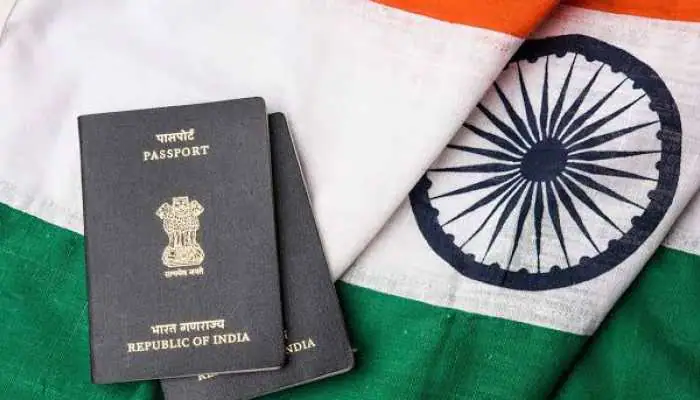
Residents and non-residents:
In India, income tax is levied based on a taxpayer’s residency status. Individuals who qualify as Indian residents must pay tax on their worldwide revenue, including money generated in India and abroad. Non-residents are only required to pay taxes on their Indian income. The residence status must be determined separately every financial year for which revenue and taxes are estimated.
Income Tax Payment
- Tax Deducted at Source (TDS)
When making payments to the recipient of revenue, the payer deducts tax at the source for specific amounts. The revenue recipient can claim the TDS amount as a credit by adjusting the TDS amount with the final tax liability.
- Advance Tax
When a taxpayer’s expected tax burden for the year exceeds Rs 10,000, he must pay tax in advance. The government has set payment deadlines for advance tax instalments.
- Self-Assessment Tax
The balance tax is the taxpayer’s tax on their assessed revenue. The self-assessment tax is calculated after subtracting the advance tax and TDS from the total income tax calculated on the assessed income.
- E-Payment Facility
The NSDL website allows taxpayers to pay advance tax and self-assessment tax online. However, the taxpayer must have a net banking account with an authorised bank.
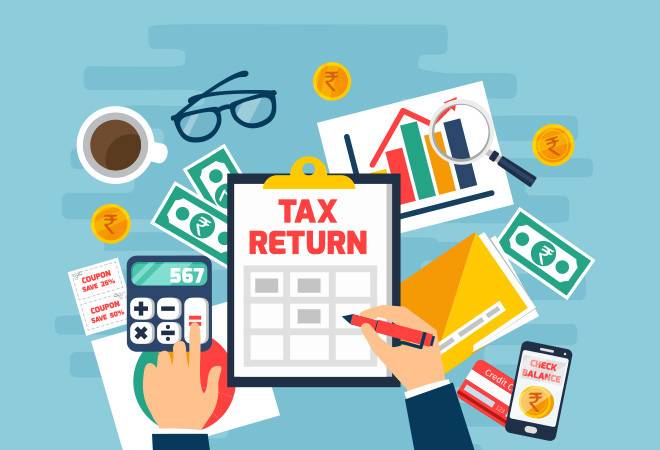
Income Tax Return Filing
With a few exceptions, all classes of taxpayers are required to file their tax returns online.
Taxpayers above the age of 80 do not have to file their returns online. Taxpayers with less than Rs 5 lakhs who do not demand a refund are not required to complete an online return.
Online filing is required for the rest. It’s worth noting that there are also deadlines for filing returns. The deadline for most individual taxpayers to file an income tax return is July 31, following the fiscal year in question.
Here are some of the consequences of failing to file on time:
- You won’t be able to carry losses over to future years (except for losses on your home).
- If there are any refund claims, there will be a delay in processing them. Obtaining home loans will be difficult.
- Section 234F imposes a late filing cost of up to Rs 10,000.
- If there are taxes due as of July 31, interest will be levied under section 234A. It can also be used for purposes other than e-filing your tax return. Clear assists you in claiming all of your tax deductions and assisting you in investing. Once you’ve filed your return online, you may either e-verify it or print it off and mail it to the CPC in Bengaluru for processing.
Income Tax Return
Every year, the individual must file an income tax return using the ITR forms provided by the IRS. The government has created seven ITR forms for taxpayers to file their income tax returns. The taxpayer must fill out the necessary ITR papers and submit his tax return.
Income Tax Forms
The following are the seven ITR forms:
ITR-1: Individuals (who are residents) having income from salary, one house property, other sources, agricultural revenue less than Rs 5,000 and total revenue of up to Rs 50 lakh.
ITR-2: Individuals/HUFs who do not own or operate a business or profession.
ITR-3: Individuals/HUFs with income from a sole proprietorship or profession
ITR-4: Individuals/HUFs with a presumed income from a company or profession are required to file Form ITR-4.
ITR-5: Partnership firms or LLPs
ITR-6: Companies
ITR-7: Trusts
Documents Required for ITR Filing
Some of the key facts/documents that you must have ready before completing your return are Form 16, 26AS, Form 16A, proof of tax-saving investments made, bank account details, and so on. Furthermore, the documentation you’ll need to prepare your tax return will be heavily determined by your source of income.
Calculation of Taxes
Individuals should compute their income tax based on the type of income they receive. The salaried individual might make use of the available exclusions for various allowances. Individuals and HUFs can deduct under Sections 80C through 80U, subtract from their gross total revenue, and figure out their tax due. In addition, the taxes paid, such as advance tax, TDS, and so on, should be deducted from the overall income tax liability. To calculate the net amount of income tax payable, the taxpayer should also apply the rebate effect under Section 87A and relief under Sections 89, 90, and 91.
Every source of income-you should be reported on your tax return. Of course, the legislation exempts some incomes, such as dividend income from an Indian company, long-term capital gains on listed equity shares up to Rs 1 lakh in any financial year, and so on.
As a result, here’s a quick formula you may use to figure out how much tax you owe:
- Make a list of all your sources of revenue, including your salary, rental income, capital gains, interest income, and profits from your business or profession.
- Remove any income that is exempt under the law.
- Claim all relevant deductions under each source of income. For example, deduct Rs 50,000 from your salary income, deduct municipal taxes from your rental income, deduct business-related expenses from your business turnover, and so on.
- Claim all eligible exemptions for each type of revenue, such as money re-invested in another residence as a capital gains exemption, and so on.
- Claim all appropriate deductions from your total revenue, such as the 80C, 80D, 80TTA, 80TTB, and other beliefs.
- You’ve now calculated your taxable income. Check your tax bracket and calculate your income tax liability accordingly.
It’s ideal for keeping up with the Budget because the government constantly introduces and changes tax slabs, schemes, and benefits.
e-Filing Return
The individual must file their income tax return electronically through the IRS’s e-filing portal. The taxpayer must first register at www.incometax.gov.in to file an income tax return. After that, the taxpayer can access the internet and file his tax return. In addition, there is no need to email the acknowledgement of return to the IRS manually. The income tax department now offers e-verification of ITRs in various methods, bringing the income tax return procedure to a close.
The following are the Top 10 Easy Ways to Save Money on Salary Taxes.
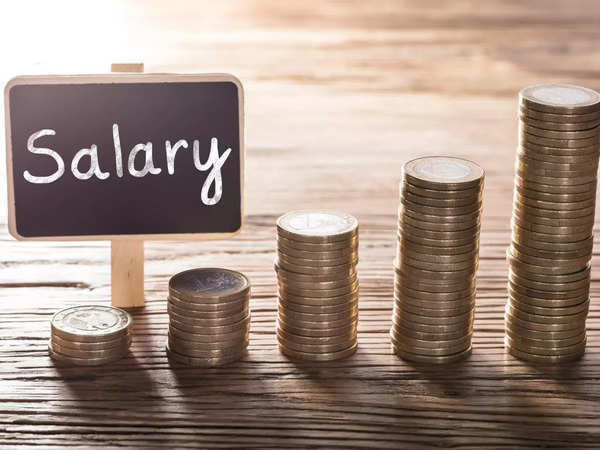
Save Income Tax on Salary
If you wish to save a considerable amount of your revenue, you should pay special attention to India’s many tax-saving financial alternatives. Sections 80C, 80CCC, and 80CCD can help you save money on taxes if you work as a salaried professional in India.
If you think you have been paying a considerable part of your income in taxes, you have certainly not managed your taxes correctly. You can save money on taxes in a number of legal ways. By deducting certain expenses, the Income Tax Act of India allows citizens to save some money on taxes. The deductions can be claimed when submitting a tax return.
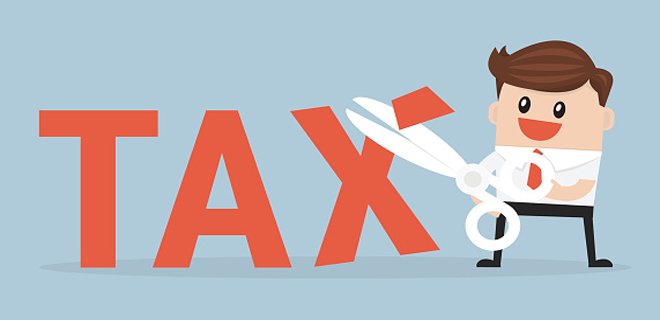
1. Section 80C, 80CCC, and 80CCD deductions
These three categories enable Indian citizens to reduce their tax burden. People can claim certain deductions if they invest in the instruments listed in Sections 80C, 80CCC, and 80CCD. PPF Accounts, Pension Plans, Life Insurance Policies, NSC, 5 Year Tax Saving Fixed Deposits, and other instruments are among the most popular investments. Individuals claim a maximum deduction of Rs.1,50,000 for each of the three components individually or all three sections combined. Section 80CCD allows anyone who supports the National Pension Scheme to claim an extra deduction of Rs.50,000.
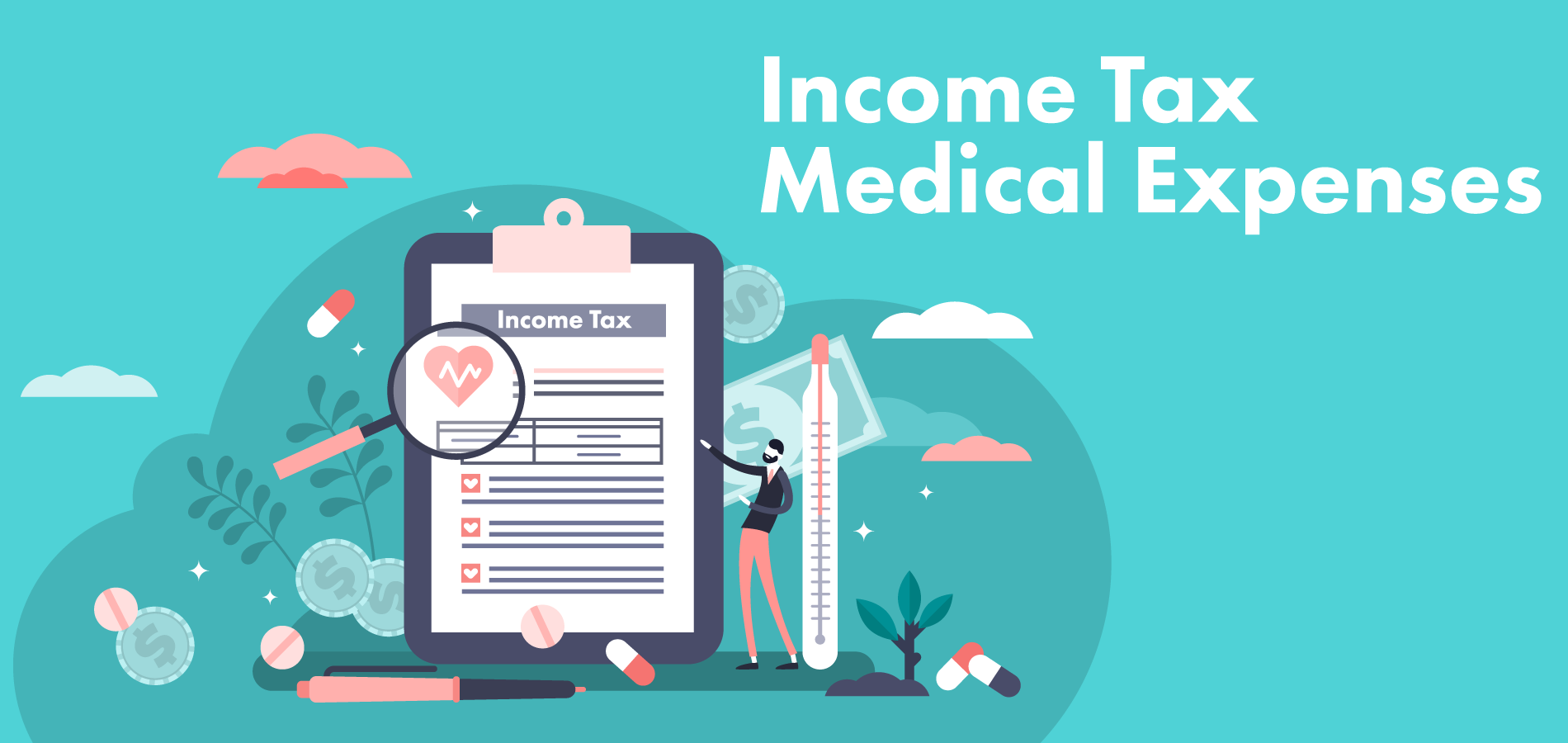
2. Medical Expenses
Medical expenses can be deducted from taxable income by taxpayers. If people provide their medical bills, their medical expenses become tax-free. Medical Allowance is also offered to all employees by their employers. People can claim a maximum of Rs.15,000 in medical costs each year. The Internal Revenue Code’s Sections 80D, 80DD, and 80DDB allow taxpayers to deduct money spent on health insurance.

3. Home Loan
Most people are advised to take out a home loan to save money on taxes because deductions can be claimed in three separate areas, resulting in large savings. Section 80C of the Internal Revenue Code allows people who take out a home loan to deduct the main loan amount from their taxes. Section 24 will enable people to deduct the interest they’ve paid on their home loans. In some situations, a maximum deduction of Rs.2,00,000 is allowed, but in others, there is no limit to the amount of house loan interest that can be deducted.

4. Education Loan
Taking out an education loan for oneself, their children, or their spouse, for example, can help people save money on taxes. Section 80E allows people to deduct the amount they spent on loan interest. There is no limit to the number of deductions they can claim. Individual taxpayers can only take advantage of Section 80E deductions.

5. Shares and Mutual Funds
People can save money by investing in stocks and mutual funds. Citizens earning less than Rs.12 lakhs a year can take advantage of an additional deduction under Section 80CCG if they invest in certain stocks and mutual funds. The premises are accessible solely to first-time investors under the Rajiv Gandhi Equity Savings Scheme.

6. Long Term Capital Gains
Long-term capital gains can save taxpayers money on taxes if they receive this gain by selling any long-term capital asset and then investing it in specific instruments. Any asset/property that the taxpayer has owned for more than three years is considered a long term capital asset.

7. Sale of Equity Shares
The Indian government has exempted any long-term gains earned through the sale of equity shares from taxation to encourage citizens to engage in equity shares and mutual funds. Only persons who hold such shares for more than a year are free from paying the tax.

8. Donations
Indians can save money on taxes by claiming deductions for donations made to social or charitable purposes or by contributing to the National Relief Fund and can claim these deductions under Section 80G. The Ministry of Finance keeps track of which organisations taxpayers can donate to and whether or not deductions are allowed based on the purpose of the donation. Tax deductions are not available for in-kind contributions. Individuals can claim a deduction of up to Rs.10,000 for cash donations, but they must donate using cheques for more than Rs.10,000.

9. House Rent Allowance
Employees in India are entitled to a House Rent Allowance (HRA), which is deducted from their pay. HRA allows people to save money on taxes by claiming it as a deduction. Individuals who pay a total rent of more than Rs.1 lakh in a year must present proof such as the House Owner’s PAN Card, Lease Agreement, and so on. Also, people can only claim the lowest of the following amounts from their employer’s HRA:
Actual HRA provided by the employer-
50% of the basic salary plus DA (if the person is in Mumbai, Delhi, Chennai or Kolkata). 40% of basic salary plus DA (if the person is in another city).
Actual rent – 10% of base salary plus DA

10. LTA (Leave Travel Allowance)
If taxpayers get LTA from their employers, they will be entitled to tax-free LTA. It can be claimed twice in four years. They must visit any place in India throughout their leave time to claim it.
These are a few common methods for people to save money on their taxes. Taxpayers who carefully arrange their income, assets, expenses, and taxes may be able to save a significant amount of money. It is strongly cautioned against using illegal methods to save money on taxes. For instance, if someone tries to save money by not paying taxes, the money they save will be deemed unaccounted money or black money, which can cause a slew of difficulties if discovered.
edited and profread by nikita sharma




